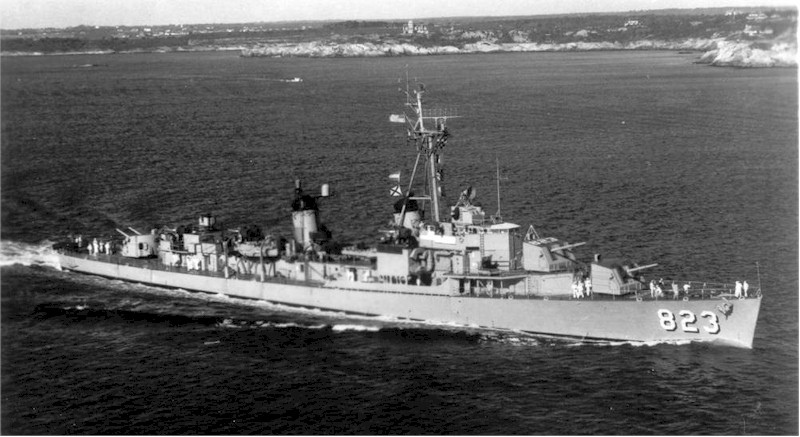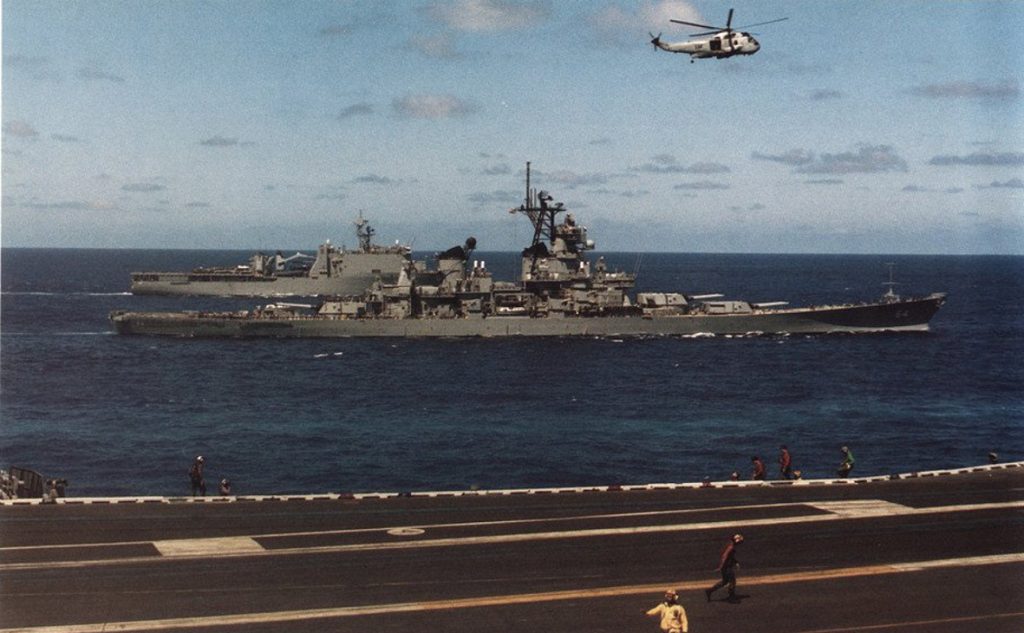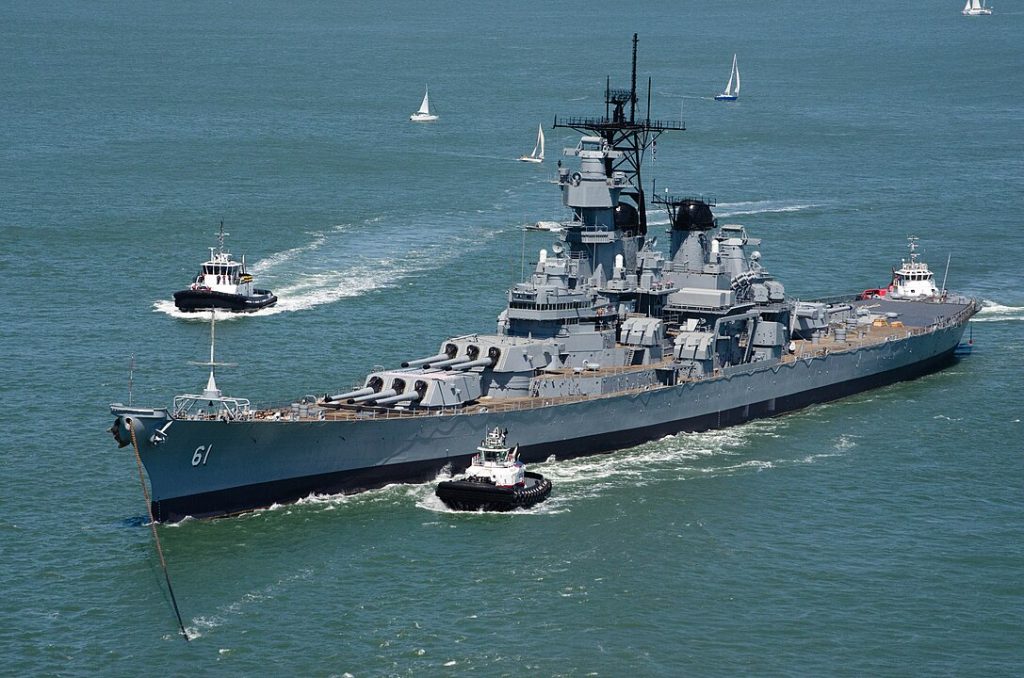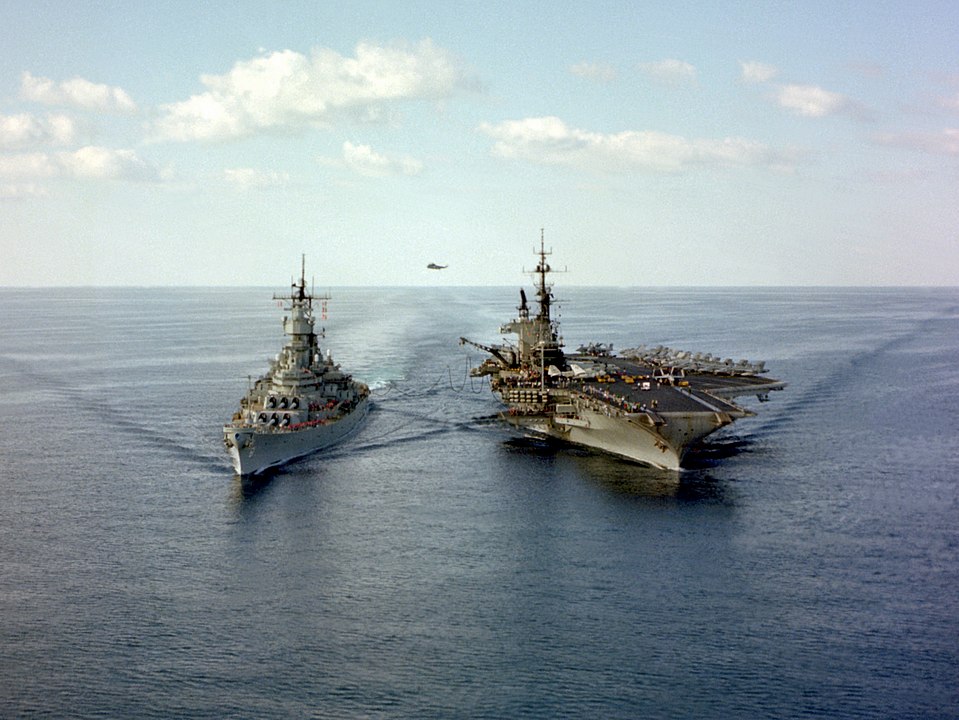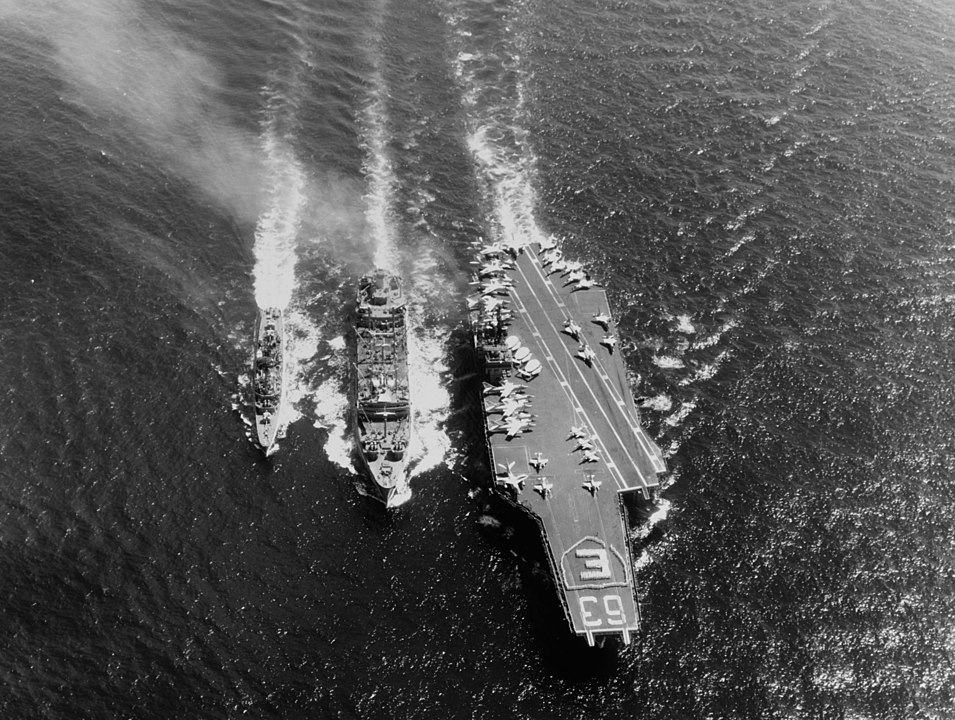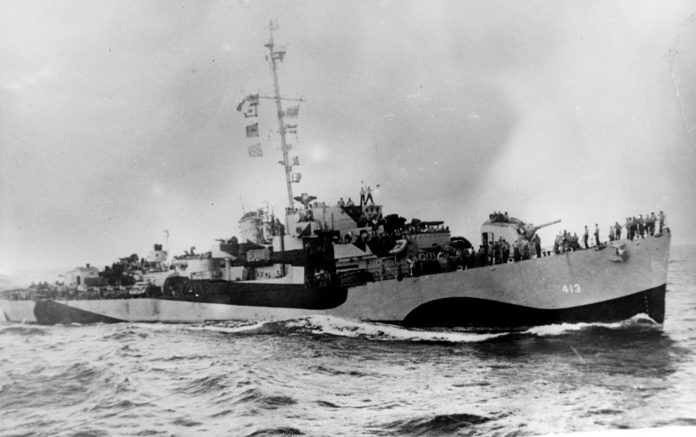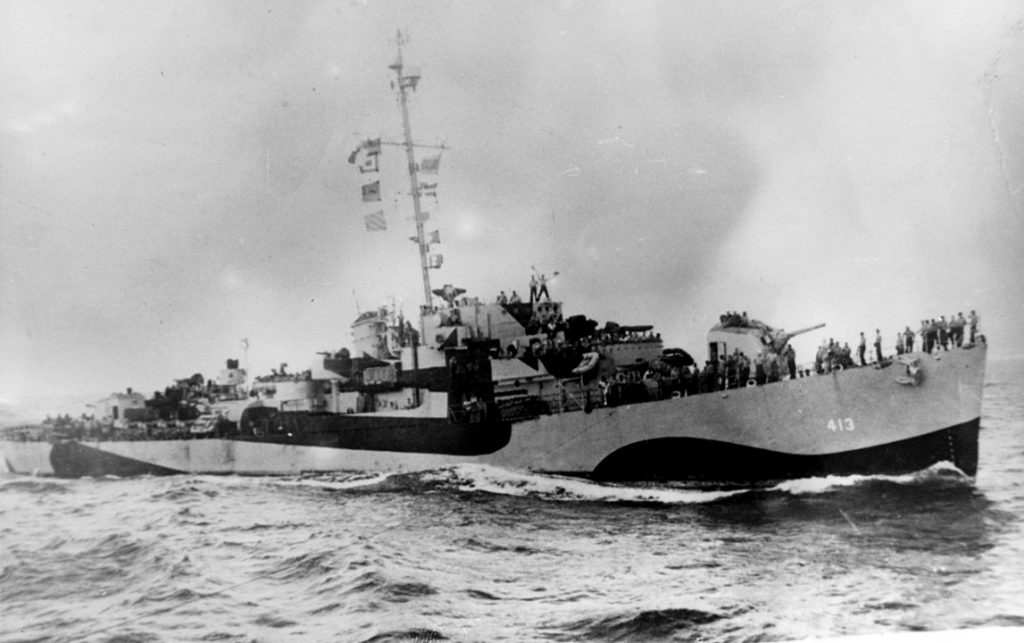
In the silent embrace of the Philippine Sea’s deepest blues, a historic naval narrative has been illuminated from the ocean’s abyssal depths. The USS Samuel B. Roberts (DE-413), affectionately dubbed “Sammy B,” has been confirmed as the world’s deepest shipwreck discovered, lying broken in two pieces on a slope 22,916 feet beneath the surface. The discovery reshapes maritime history and pays homage to the valor and sacrifice of its crew.

The Samuel B. Roberts, a John C. Butler-class destroyer escort of the United States Navy, met its fateful end during the largest naval battle of World War II, known as the Battle of Leyte Gulf. The gallant “Sammy B” grappled with a superior Japanese fleet in October 1944 and, despite running out of ammunition, succeeded in disabling and damaging enemy warships before succumbing to the relentless fire from a battleship.

This shipwreck’s discovery exceeds the previous depth record held by the USS Johnston by 1,400 feet, a testimony to the persistence and technological prowess of modern exploration. Led by Victor Vescovo, a former Navy commander and founder of Caladan Oceanic Expeditions, the mission was a blend of historical sleuthing and pioneering deep-sea technology.
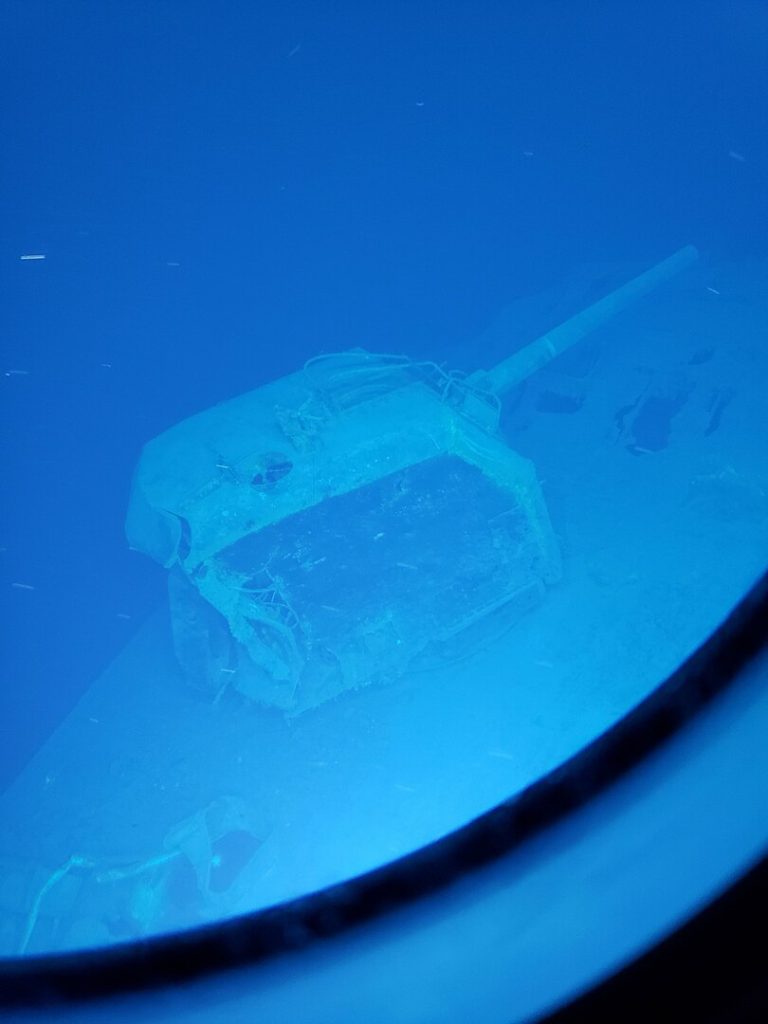
The emotional resonance of this find is palpable, as reflected in Vescovo’s words: “It was an extraordinary honor to locate this incredibly famous ship, and by doing so have the chance to retell her story of heroism and duty to those who may not know of the ship and her crew’s sacrifice.” Vescovo’s sentiment echoes through the echoes of history, remembering the 89 crew members who perished with the ship out of the 224 onboard. Their captain, Lieutenant Commander Robert Copeland, had led his men with “immense courage against overwhelming odds.”
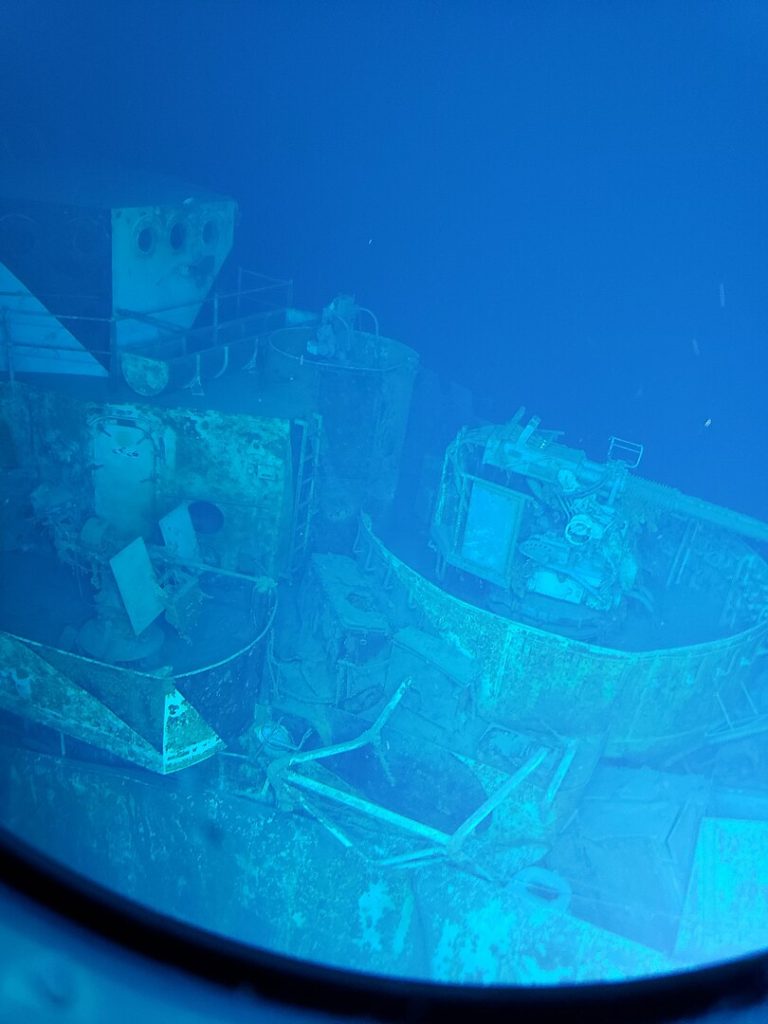
Expedition team leader Kelvin Murray characterized the mission as a “solid combination of historical detective work and cutting edge, innovative technology.” Discovering such relics is a feat that owes as much to serendipity as it does to skill, with a “certain amount of luck” being integral to locating deep ocean shipwrecks.

The expedition’s findings, including sonar maps, videos, and images, will be generously donated to the U.S. Navy, allowing for further historical insight and honoring the Sunken Military Craft Act’s protection of these war graves. The team’s forthcoming ventures include probing the enigmatic reaches of the Mariana Trench, promising further enthralling revelations from the depths.
related images you might be interested.
